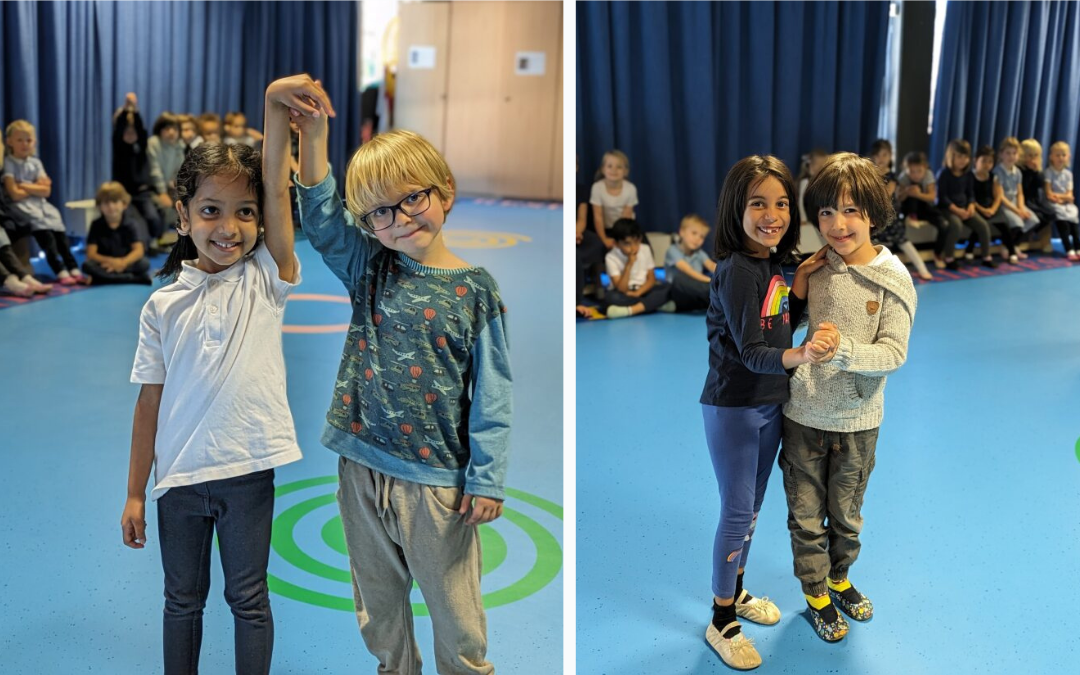What status should dance have in schools?
“I think maths is very important, but so is dance. Children dance all the time if they’re allowed to, we all do. We all have bodies, don’t we?”
Creativity and education expert Sir Ken Robinson
Dance allows people to express their feelings, thoughts, and connections through movement and rhythm. It is a fundamental aspect of every culture and has been around since time immemorial, without a single inventor. Its functions span from leisure to sacred rituals, encompassing all forms of social purposes.
Many types of dance are naturally social, like ballroom dancing, where partners move together, displaying empathy through physical contact, which fosters respect and cooperation.
Furthermore, dance helps to alleviate tension and has the potential to bring happiness and stability to individuals and groups of people, not least at school!
Here at IBIS we purposefully use dance, music and drama to enrich the culture of the school by cultivating collaboration, respect and compassion. We start in Kindergarten 3-4 years with music and dance lessons incorporating drama and performance. Music, drama and dance is a theme that runs through the whole school for all age groups. We aim at this young age to promote confidence, cooperation and above all joy, forming an all round healthy, happy and sociable child ready to take on the world before them.
By Patricia Mackenzie
IBIS Dance Teacher
Students aged 4 – 7 were asked how dance makes them feel:
“I feel hot, strong and excited”
“Happy and brave”
“Excited happy and the best
“Excited and happy
“Funny, happy and big”
“Dancy, sporty and fast”
“Happy and a big girl”
“I feel hot, strong and excited”
“Dance makes me feel so happy and friendly”
“I love dance because I feel free, I love to move, l love music and I love being with Mrs Mackenzie”



